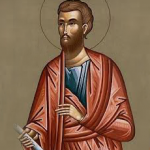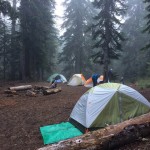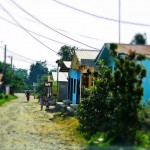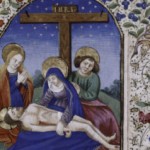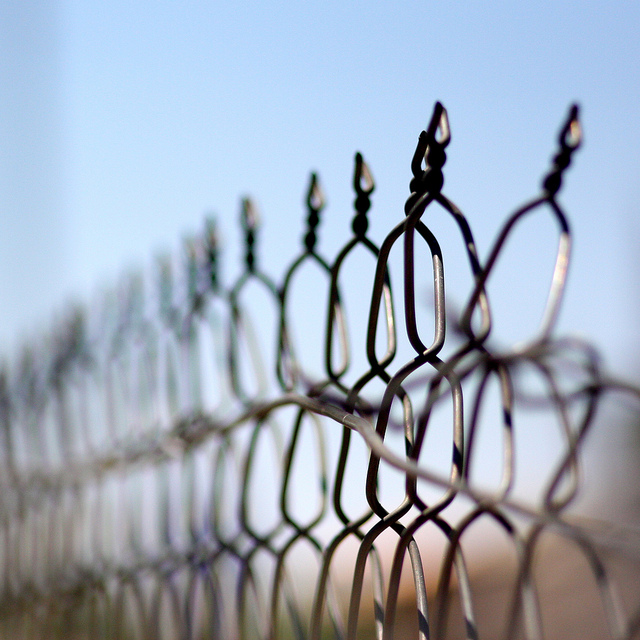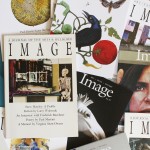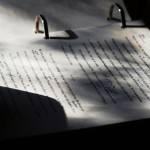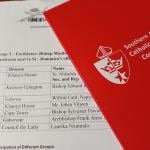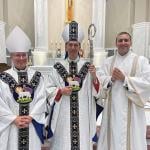In this month of painful national and international news, Tania Runyan’s poem “Onesimus” offers a gut-deep breath of brotherhood. The poem recounts the story of Philemon, a new Christian Paul addresses on behalf of Onesimus, both Philemon’s fugitive slave and also a new convert. In “Onesimus,” Runyan singles out, perhaps, the most marginalized and voiceless in the ancient Greco-Roman world: the slave. Allowing him to directly address Philemon in a voice as ridged with humanity as a fingerprint, Onesimus focuses... Read more

